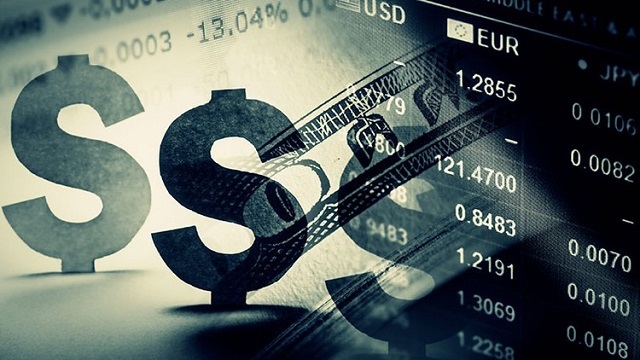An Introduction to Forex Trading
- Written by News Company

Forex trading has become more popular in recent years. And the internet has been a major driver of its growth.
The foreign exchange market, known as the Forex market for short, is the largest and most liquid financial market in the world. According to a survey by the Triennial Central Bank, this financial market had a daily turnover of approximately $5.1 trillion as of 2016.
The New York Stock Exchange (NYSE) is the largest stock market in the world. Yet, its daily trading volume is $22.4 billion. Of course, it pales in comparison to the foreign exchange market. The forex market is massive indeed!
The Forex Market
Forex market is the world's digital market where currencies are traded.
Although the total trading volume of the Forex market is indeed massive, retail trading, however, accounts for less than 7% of the market share.
Retail trading is a segment of the forex market where individual traders speculate on the fluctuations in the exchange rates of currencies.
You can partake in the Forex market via a number of ways such as spot, options, and swaps. Whichever it is, the currency market is on 24 hours every day and for five days of the week.
Currency and Currency Pairs
By now, you would have known that currencies are the asset class traded in the Forex market. But it is not as simple as that. Although currencies are the instrument traded, not all currencies are traded “equal.”
The lots of currencies in the Forex market are grouped according to how heavily they are traded. Consequently, the major currencies are the most traded and are:
-
US Dollar (USD)
-
Euro (EUR)
-
Japanese Yen (JPY)
-
Great Britain Pound (GBP)
-
Swiss Franc (CHF)
-
Canadian Dollar (CAD)
-
Australian Dollar (AUD)
-
New Zealand Dollar (NZD)
Forex transactions are conducted in pairs. When you buy a currency pair, you buy the base currency and sell the quote or counter currency. In every currency pair, the first currency is the base; the second is the quote.
Participants of the Forex Market
The foreign exchange market, being the world's largest financial market, has many participants. As previously discussed, retail traders (individual traders) are one participant, accounting for about $400 billion of the overall trading volume.
However, the greatest bulk of the trading volume is contributed by institutional investors such as banks, investment managers and hedge funds, and corporations.
Of those institutional investors, the interbank market has the greatest volume. Here, banks buy and sell currencies with one another, via interconnected networks. Moreover, they also help brokers facilitate speculative trades.
In this type of trades, banks earn their profits through the difference in the bid and ask prices, known as the spread. For central banks specifically, the Forex market provides an avenue for them to regulate their national currencies for the stimulation of domestic economic growth.
Investment managers and hedge funds participate in Forex for speculative reasons and when buying and selling international securities. For corporations, currencies have to be exchanged to export and import their goods.
On a final note, ForexCT is a multiservice online trading provider that can help you get started in Forex trading.











